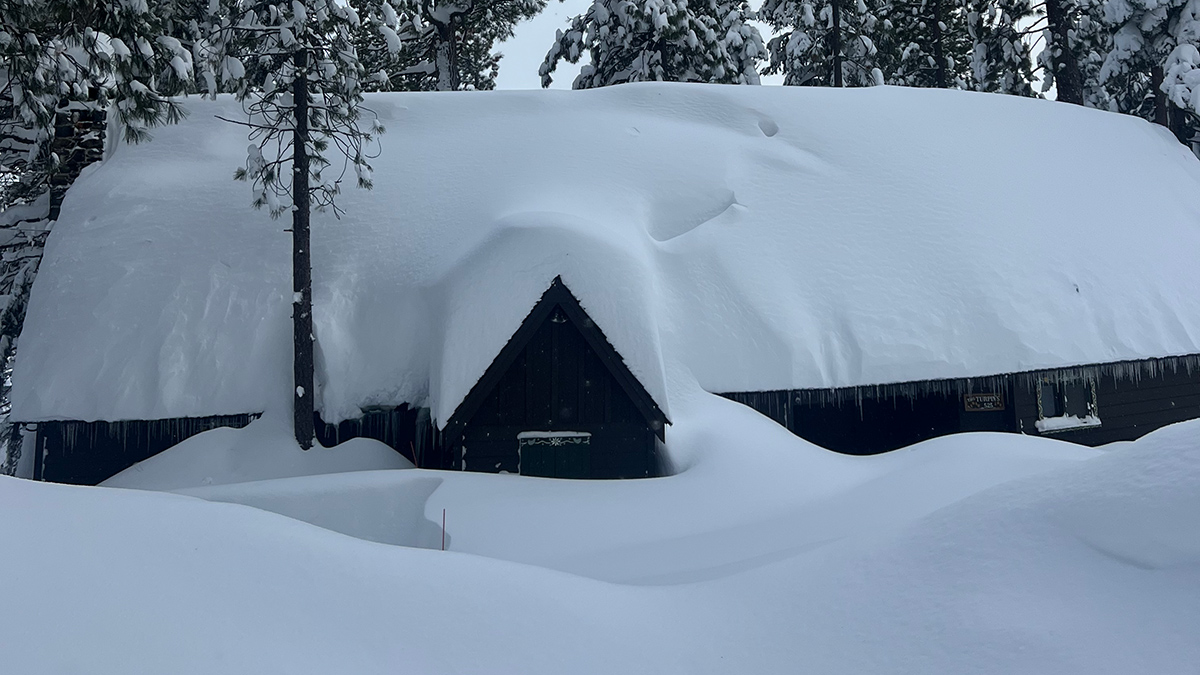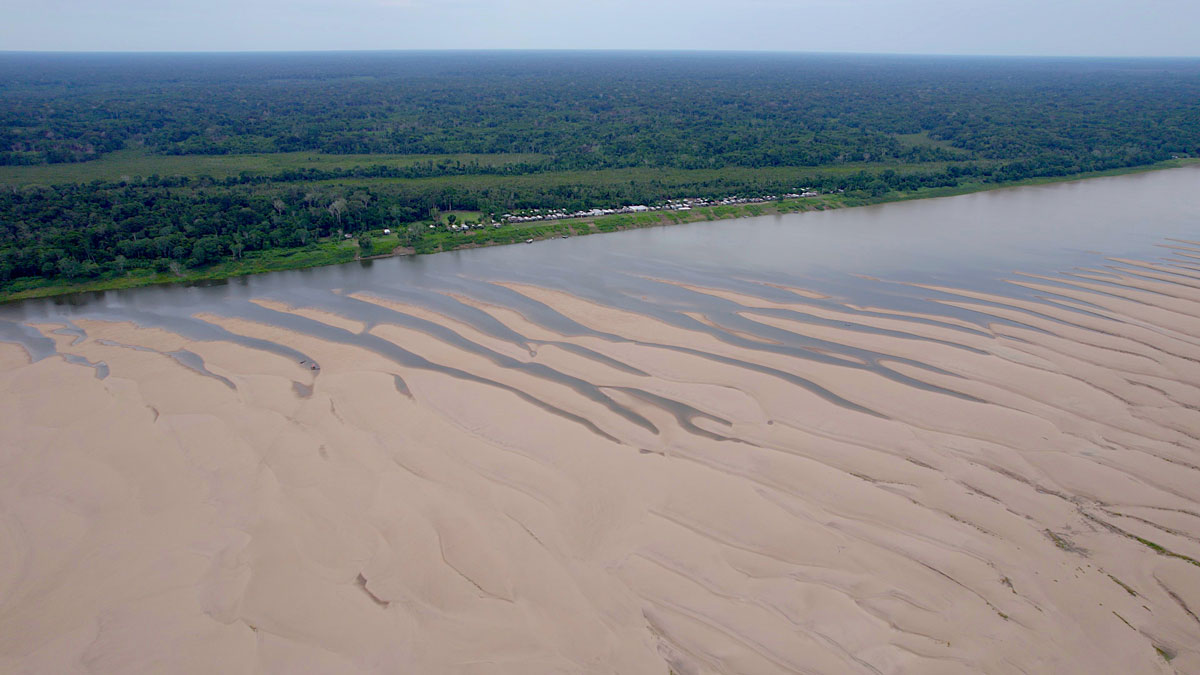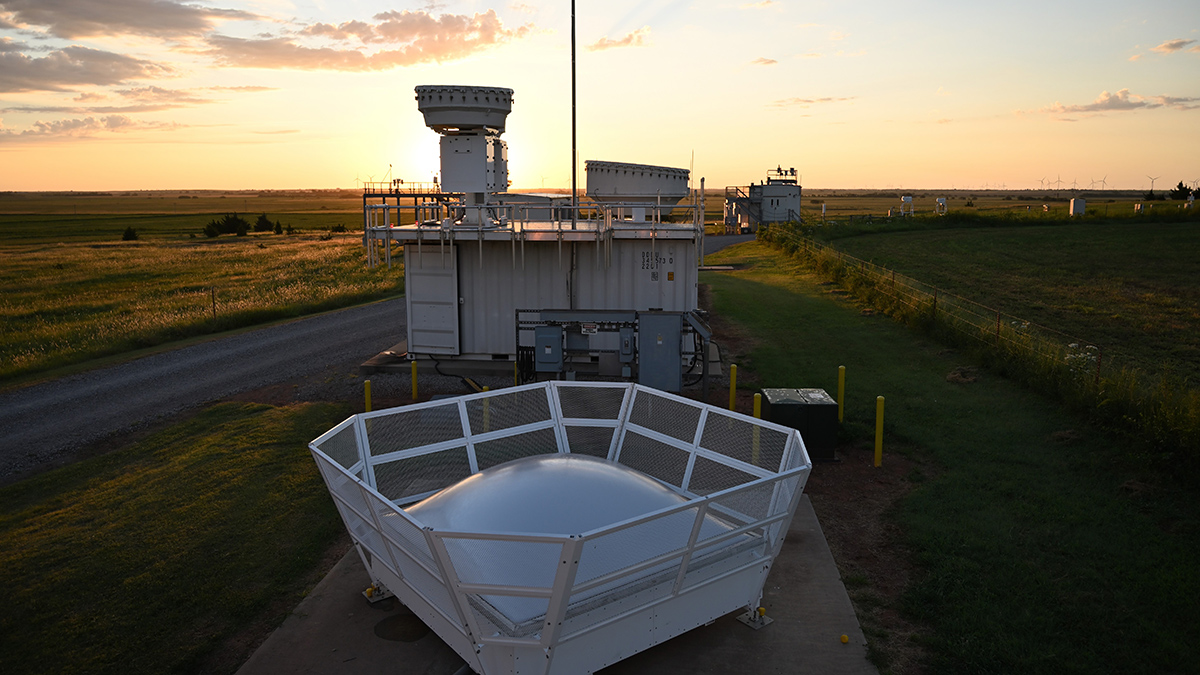A new method for observing electrically aligned ice crystals in localized storms can detect the onset of electrification and lightning in developing storms.
weather
Rare “Glory” Possibly Seen on Exoplanet’s Horizon
This rainbow-like atmospheric phenomenon depends on a very specific set of circumstances. It is common on Earth and incredibly rare beyond it.
Tuning Improves High-Resolution Climate Simulations
Tuning parameterizations of turbulent mixing and of the fall velocity of precipitation and cloud ice alleviates long-standing biases in climate simulations.
Quase um Ano depois, a Seca na Amazônia Está Longe de Terminar
Fortalecido pelas mudanças climáticas, o período de seca no norte do Brasil poderá durar mais que o originalmente previsto e ter consequências econômicas e ecológicas prolongadas.
Melting Ice in the Polar North Drives Weather in Europe
Influxes of meltwater into the North Atlantic eventually lead to warmer and drier conditions over Europe.
California Mountains Face Weather Whiplash
Last month’s massive snowstorm in the Sierra Nevada followed a dry start to winter. Such extremes in precipitation may become the norm.
Almost a Year in, Drought in the Amazon Is Far from Over
Strengthened by climate change, northern Brazil’s dry spell might last longer than originally fore-cast, with lingering ecological and economic consequences.
Accounting for Small-Scale Processes in Large-Scale Models
A new book explores how fast processes can be better represented in atmospheric models to improve weather and climate prediction.
Decoding the Dialogue Between Clouds and Land
New research is challenging established assumptions about how clouds form and interact with Earth’s surface. One result may be better weather forecasts.
Cold Fog Is Capricious, but Not for Long
New observations of cold fog formation could eventually improve forecasting.










